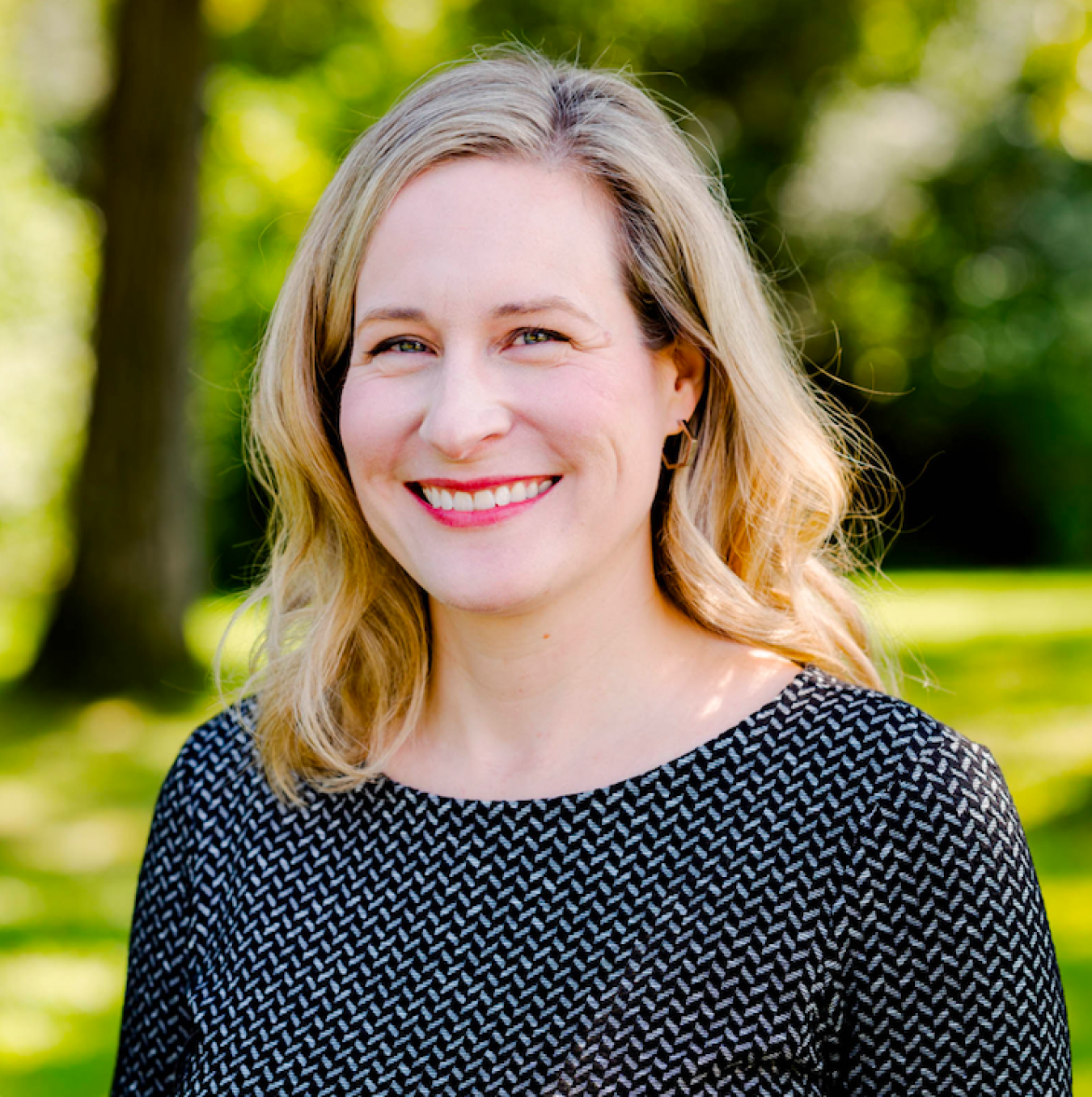Learn why Dr. Emily Shemon loves her job at Argonne National Laboratory as a Principal Nuclear Engineer.
July 18, 2022
Principal Nuclear Engineer Dr. Emily Shemon joined Argonne National Laboratory in 2011. As a member of Argonne’s Nuclear Science and Engineering Division, she leads a number of projects to develop advanced modeling and simulation tools for nuclear reactors. She currently serves as the Multiphysics Applications Technical Area Lead for the Department of Energy’s Nuclear Energy Advanced Modeling and Simulation Program (NEAMS). Apart from her experience in the nuclear energy community, she is also associated with Argonne’s Leadership Computing Facility. Prior to Argonne, she earned degrees in Nuclear Engineering and Radiological Sciences from the University of Michigan: BSE (2004), MSE (2006), and PhD (2011) and was a Fulbright Scholar in Spain during 2004-2005.
What inspired you to work in STEM?
In middle school, I had a memorable math teacher who really made algebra fun. He came up with songs to teach us how to solve simple algebraic equations, and stories to explain how the equations related to real life. From that point on, I was fascinated by mathematics and the application of math to scientific problems. By late high school, I knew I would study engineering. I decided on nuclear engineering during my second year of college after learning about the incredible power of radiation and nuclear processes. At that point in time, federal mail was being irradiated following the anthrax terrorist attacks. Using nuclear technology to make the world a safer place was inspiring to me.
What excites you about your work at the Energy Department?
I work with brilliant people from across the laboratory complex every day as well as cutting-edge scientific applications that push the boundaries of what sort of information we can glean from numerical simulations. My work centers on developing suites of tools which can be used to model many different types of advanced reactor designs. It is exciting to perform first-of-a-kind simulations and provide advanced capabilities to the nuclear reactor community. It’s also exciting to learn something new every day—there are so many learning opportunities working with leading scientists and engineers at Argonne and other laboratories. Every day is different - projects change every year depending on the needs of DOE and industry.
How can our country engage more women, girls, and other underrepresented groups in STEM?
We can start by expanding mentoring opportunities for young women and other underrepresented groups in STEM. Every middle-school student should have the opportunity to be paired up with a local STEM professional or teacher who will encourage their interests, get them involved in STEM-related extracurricular activities, help them decide their coursework, and let them know that STEM careers are a real possibility for them. Engagement must begin by middle school and continue throughout the college years. Looking back, I had a few special mentors, namely teachers and professors, whose encouragement reassured me that I belonged in STEM. Once in college, I never gave it a second thought that I was often the only woman in class.
Do you have tips you'd recommend for someone looking to enter your field of work?
There are so many types of specialties in nuclear engineering, including working on nuclear reactor research, developing radiation detectors for national security, and designing radiation therapy cancer treatments. I encourage students to seek a research opportunity in their field of interest to get some hands-on experience during their college years. I worked in a research lab early on in college, and this helped solidify my specialty choice. More important, an early research experience allows you to meet and network with professionals in the field and develop mentoring relationships that may carry on through your lifetime. Making these connections early helped me identify opportunities and experiences that I might not have otherwise known about.
When you have free time, what are your hobbies?
I enjoy spending time with family – I have three young children who keep me on my toes. We love to visit nature preserves and parks. I also really enjoy trying out new recipes and new restaurants with my husband.
Learn more about our programs & resources for women and girls in STEM at energy.gov/women and see more profiles at our STEM Rising Women @ Energy page.

